Home>Home Appliances>Laundry Appliances>How To Bypass A Washing Machine Water Level Sensor
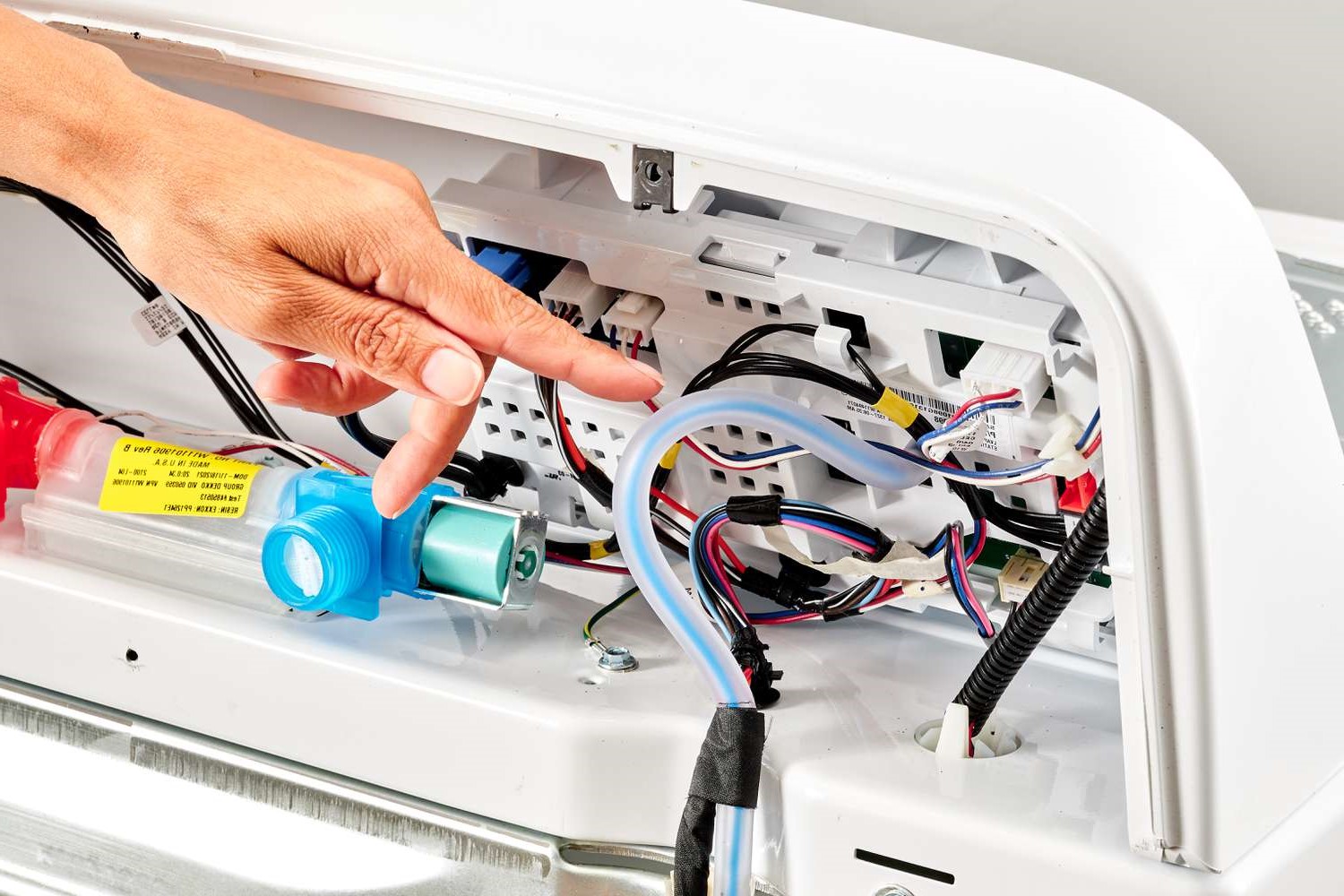

Laundry Appliances
How To Bypass A Washing Machine Water Level Sensor
Published: February 21, 2024
Learn how to bypass a washing machine water level sensor for your laundry appliances. Get step-by-step instructions and expert tips.
(Many of the links in this article redirect to a specific reviewed product. Your purchase of these products through affiliate links helps to generate commission for Storables.com, at no extra cost. Learn more)
Introduction
Washing machines have become an indispensable part of our daily lives, simplifying the daunting task of laundry. These appliances rely on various sensors to ensure efficient and safe operation. One such crucial component is the water level sensor, which plays a pivotal role in regulating the amount of water used during each wash cycle. However, there are instances where bypassing the water level sensor becomes necessary, such as when the sensor malfunctions or when users seek to customize the water level for specific laundry requirements.
In this comprehensive guide, we will delve into the intricacies of washing machine water level sensors, explore the methods for bypassing them, and highlight the safety precautions to consider when undertaking such a task. By the end of this article, you will gain a deeper understanding of this essential component and the necessary steps to bypass it effectively. Let's embark on this insightful journey to unravel the mysteries of washing machine water level sensors and the art of bypassing them.
Key Takeaways:
- Bypassing a washing machine’s water level sensor should be done cautiously and may involve methods like manual adjustment, sensor disabling, or seeking professional help. Prioritize safety, understand electrical systems, and consult experts for a safe bypassing experience.
- After bypassing the water level sensor, thorough testing is crucial to ensure the washing machine’s continued functionality and safety. Test the water level sensor’s performance, validate water levels, check load compatibility, and make iterative adjustments for optimal results.
Understanding the Washing Machine Water Level Sensor
The water level sensor in a washing machine is a critical component that ensures the appropriate amount of water is used during each wash cycle. This sensor is designed to monitor and regulate the water level inside the washing machine drum, thereby optimizing the washing process. By accurately detecting the water level, the sensor contributes to efficient water usage and helps prevent potential overflows.
There are different types of water level sensors used in washing machines, with the most common being pressure switches and float switches. Pressure switches operate by sensing the air pressure in a diaphragm chamber connected to the washing machine's tub. As the water level rises, the air pressure increases, triggering the switch to signal the control board to stop the water inlet valve. Conversely, when the water level decreases, the pressure switch allows the inlet valve to open and refill the tub.
On the other hand, float switches utilize a buoyant mechanism that rises with the water level. When the water reaches a specific height, the float switch is activated, signaling the control board to halt the water flow. This mechanism prevents the tub from overfilling and maintains the desired water level for the wash cycle.
In modern washing machines, water level sensors are integrated with advanced control systems, allowing for precise monitoring and adjustment of water levels based on the selected wash cycle and laundry load size. This level of automation ensures optimal water usage and contributes to the overall energy efficiency of the appliance.
Understanding the functionality of the water level sensor is crucial for maintaining the proper operation of the washing machine. It is essential to recognize the sensor's role in preventing water-related mishaps and ensuring the effectiveness of the washing process. With this knowledge, users can make informed decisions regarding the maintenance and potential bypassing of the water level sensor when necessary.
Methods for Bypassing the Water Level Sensor
Bypassing the water level sensor in a washing machine requires careful consideration and adherence to specific methods to ensure the appliance's continued functionality. While it is essential to approach this task with caution, there are several viable methods for bypassing the water level sensor, each with its own set of considerations.
1. Manual Adjustment:
One method for bypassing the water level sensor involves manually adjusting the water level during the wash cycle. This can be achieved by closely monitoring the water intake and manually controlling the inlet valve to regulate the water level. While this method allows for customized water levels, it requires constant supervision and intervention, making it less practical for everyday use.
2. Sensor Disabling:
Another approach involves disabling the water level sensor to allow for unrestricted water flow into the washing machine tub. This can be accomplished by accessing the sensor component and disconnecting or bypassing its electrical connections. However, it is crucial to exercise caution when tampering with the appliance's internal components and to be mindful of the potential impact on the washing machine's overall functionality.
3. Control Board Modification:
Modifying the washing machine's control board presents another method for bypassing the water level sensor. By reprogramming or altering the control board's settings, users can override the sensor's input and control the water level according to their preferences. This method requires technical expertise and a thorough understanding of the washing machine's electronic systems.
4. External Water Level Control:
Implementing an external water level control mechanism offers a practical solution for bypassing the internal water level sensor. By integrating an external device to regulate the water level independently of the washing machine's internal sensor, users can customize the water level without directly interfering with the appliance's internal components.
5. Professional Assistance:
Seeking professional assistance from certified technicians or appliance repair experts is advisable when considering bypassing the water level sensor. These professionals possess the knowledge and expertise to assess the washing machine's specific requirements and implement safe and effective bypassing methods while ensuring the appliance's continued performance and safety.
When contemplating the bypassing of the water level sensor, it is essential to weigh the potential benefits against the associated risks and implications for the washing machine's operation. Additionally, users should prioritize safety and consider consulting the appliance's manual or contacting the manufacturer for guidance on bypassing the water level sensor in a manner that aligns with the appliance's specifications and safety standards.
Safety Precautions to Consider
When contemplating the bypassing of a washing machine's water level sensor, it is paramount to prioritize safety and adhere to essential precautions to mitigate potential risks and ensure the continued safe operation of the appliance. The following safety precautions should be carefully considered before attempting to bypass the water level sensor:
-
Power Disconnection: Before initiating any work on the washing machine, it is imperative to disconnect the appliance from its power source. This precautionary measure helps prevent electrical hazards and ensures the safety of the individual performing the bypassing procedure.
-
Understanding Electrical Systems: For methods involving control board modification or sensor disabling, it is crucial to have a comprehensive understanding of the washing machine's electrical systems. Users should exercise extreme caution when interacting with electrical components to avoid electrical shocks or damage to the appliance.
-
Consultation with Professionals: Seeking guidance from certified technicians or appliance repair experts is highly recommended. These professionals possess the expertise to assess the specific requirements of the washing machine and can provide valuable insights into safe bypassing methods while prioritizing the appliance's operational integrity and user safety.
-
Adherence to Manufacturer Guidelines: It is essential to consult the washing machine's manual or contact the manufacturer to understand the recommended procedures for bypassing the water level sensor. Adhering to the manufacturer's guidelines ensures that the bypassing process aligns with the appliance's specifications and safety standards.
-
Risk Assessment: Prior to initiating the bypassing procedure, a thorough risk assessment should be conducted to identify potential hazards and implement appropriate safety measures. This includes evaluating the impact of bypassing the water level sensor on the appliance's overall functionality and safety.
-
Proper Tools and Equipment: Utilizing the appropriate tools and equipment for the bypassing process is essential. This includes insulated tools for electrical work, protective gear such as gloves and safety goggles, and any specialized equipment required for accessing and modifying internal components.
-
Testing and Validation: Following the bypassing of the water level sensor, rigorous testing and validation of the washing machine's operation are necessary. This ensures that the appliance functions as intended and that the bypassing process has not compromised its performance or safety features.
By conscientiously considering these safety precautions, individuals can approach the bypassing of a washing machine's water level sensor with a heightened awareness of potential risks and the necessary measures to uphold safety standards. Prioritizing safety throughout the bypassing process is essential for safeguarding both the appliance and the individuals involved in the procedure.
Testing the Bypassed Water Level Sensor
After successfully bypassing the water level sensor in a washing machine, thorough testing is essential to validate the effectiveness of the bypass and ensure the continued functionality and safety of the appliance. The testing phase serves as a critical checkpoint to assess the impact of the bypassing procedure on the washing machine's operation and to identify any potential issues that may arise. By meticulously conducting comprehensive tests, users can gain confidence in the modified system and verify that the bypassed water level sensor aligns with their specific laundry requirements.
Functional Testing:
The initial phase of testing involves conducting functional assessments to evaluate the washing machine's performance with the bypassed water level sensor. This includes running multiple wash cycles with varying load sizes and fabric types to observe the appliance's water intake, agitation, and drainage processes. By closely monitoring the washing machine's behavior during these cycles, users can ascertain whether the bypassed water level sensor effectively regulates the water level according to the selected settings.
Water Level Validation:
During the testing phase, it is crucial to validate the actual water level inside the washing machine drum against the intended water level settings. This can be achieved by visually inspecting the water level at different stages of the wash cycle and comparing it to the desired water level. Additionally, users can measure the water level using external gauges or indicators to ensure that the bypassed sensor accurately maintains the specified water level throughout the wash cycle.
Load Compatibility:
Testing the bypassed water level sensor with various load sizes and fabric types is essential to assess its compatibility with diverse laundry requirements. By running wash cycles with small, medium, and large loads, users can determine whether the bypassed sensor accommodates different load capacities while maintaining optimal water levels. Furthermore, testing the sensor's performance with delicate fabrics and heavily soiled items provides insights into its adaptability to varying laundry needs.
Read more: How To Bypass Affresh Cycle On Maytag Washer
Safety and Efficiency Checks:
In addition to functional assessments, testing the bypassed water level sensor involves verifying the appliance's safety features and energy efficiency. Users should pay close attention to any abnormal water levels, unusual noises, or irregular behaviors exhibited by the washing machine during the testing phase. Furthermore, assessing the appliance's energy consumption and water usage can help confirm that the bypassed sensor contributes to efficient and sustainable operation.
Iterative Adjustments:
Throughout the testing process, users may need to make iterative adjustments to the bypassed water level sensor based on the observed performance and any identified discrepancies. Fine-tuning the bypassed system to optimize water levels and ensure consistent washing results may be necessary to achieve the desired functionality. By iteratively testing and adjusting the bypassed sensor, users can refine its operation to align with their specific laundry preferences.
By meticulously conducting these comprehensive tests, users can validate the effectiveness of the bypassed water level sensor and make informed decisions regarding its continued use. The testing phase serves as a crucial validation process, ensuring that the bypassed sensor meets the desired performance standards and contributes to the efficient and safe operation of the washing machine.
Frequently Asked Questions about How To Bypass A Washing Machine Water Level Sensor
Was this page helpful?
At Storables.com, we guarantee accurate and reliable information. Our content, validated by Expert Board Contributors, is crafted following stringent Editorial Policies. We're committed to providing you with well-researched, expert-backed insights for all your informational needs.
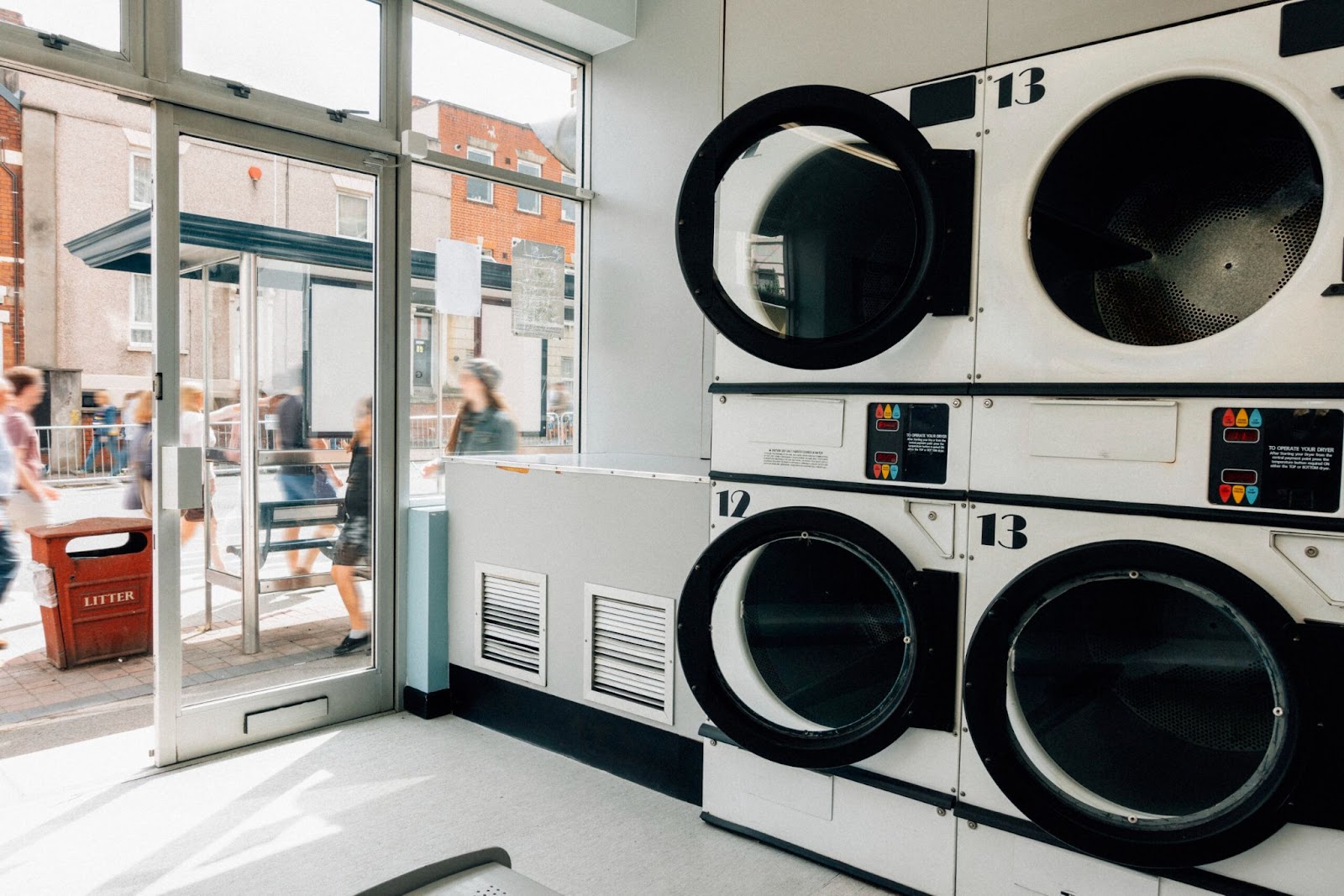
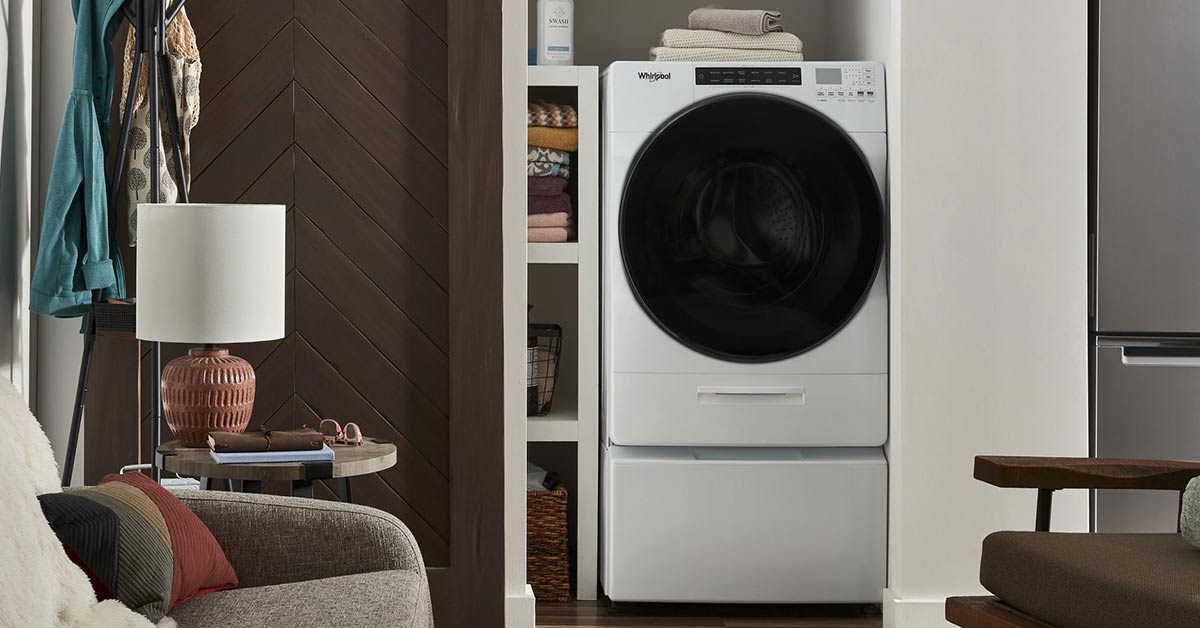
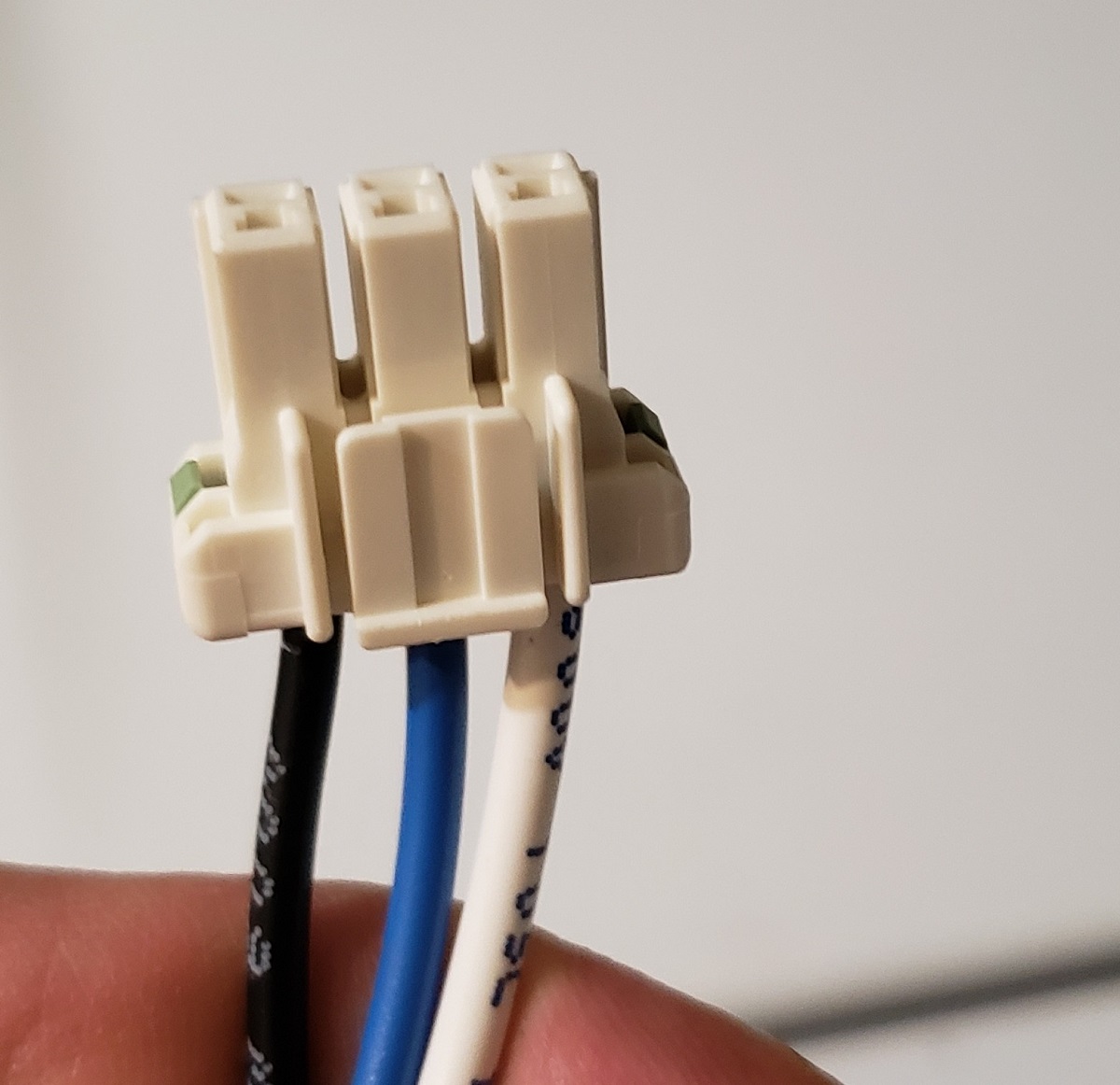
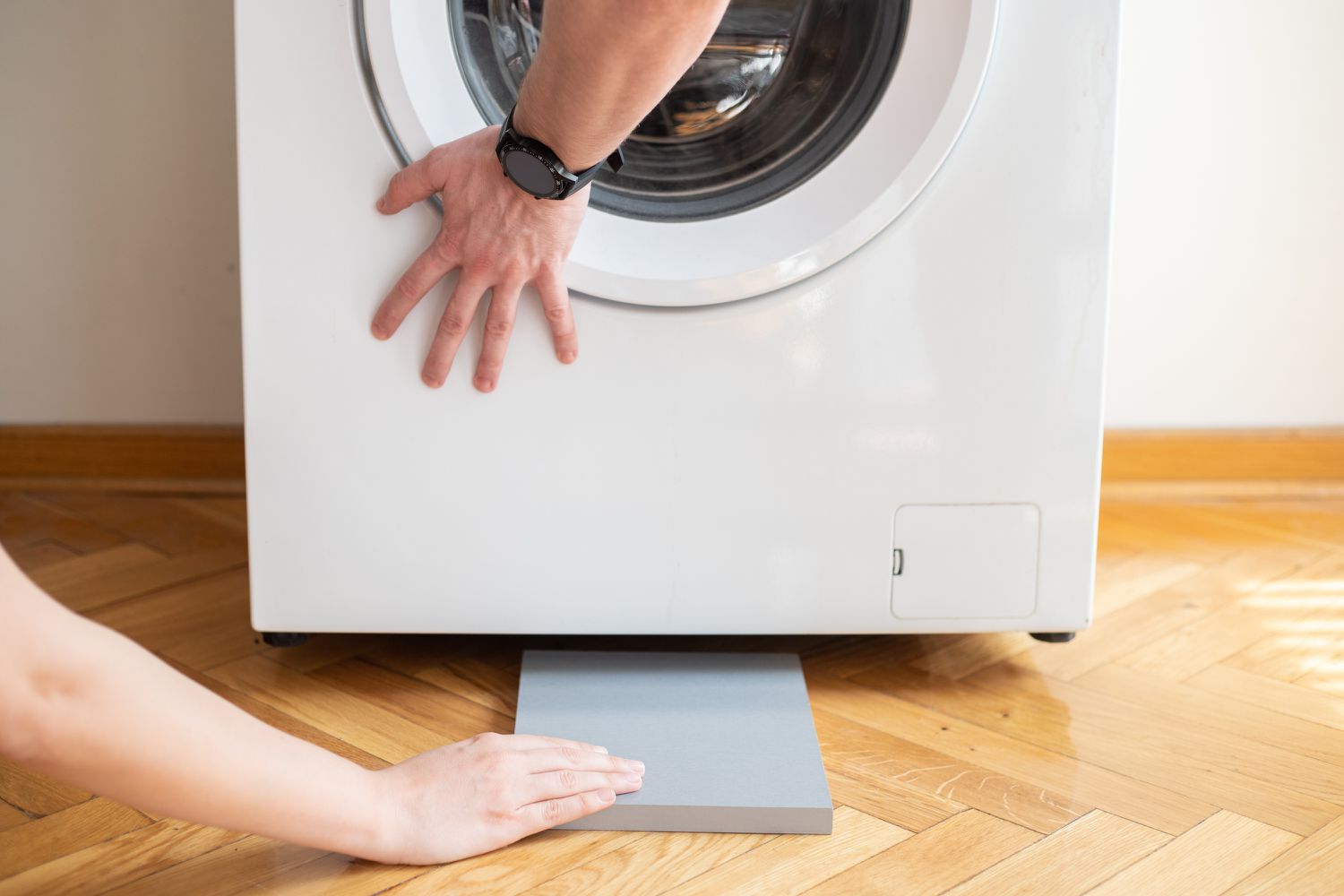
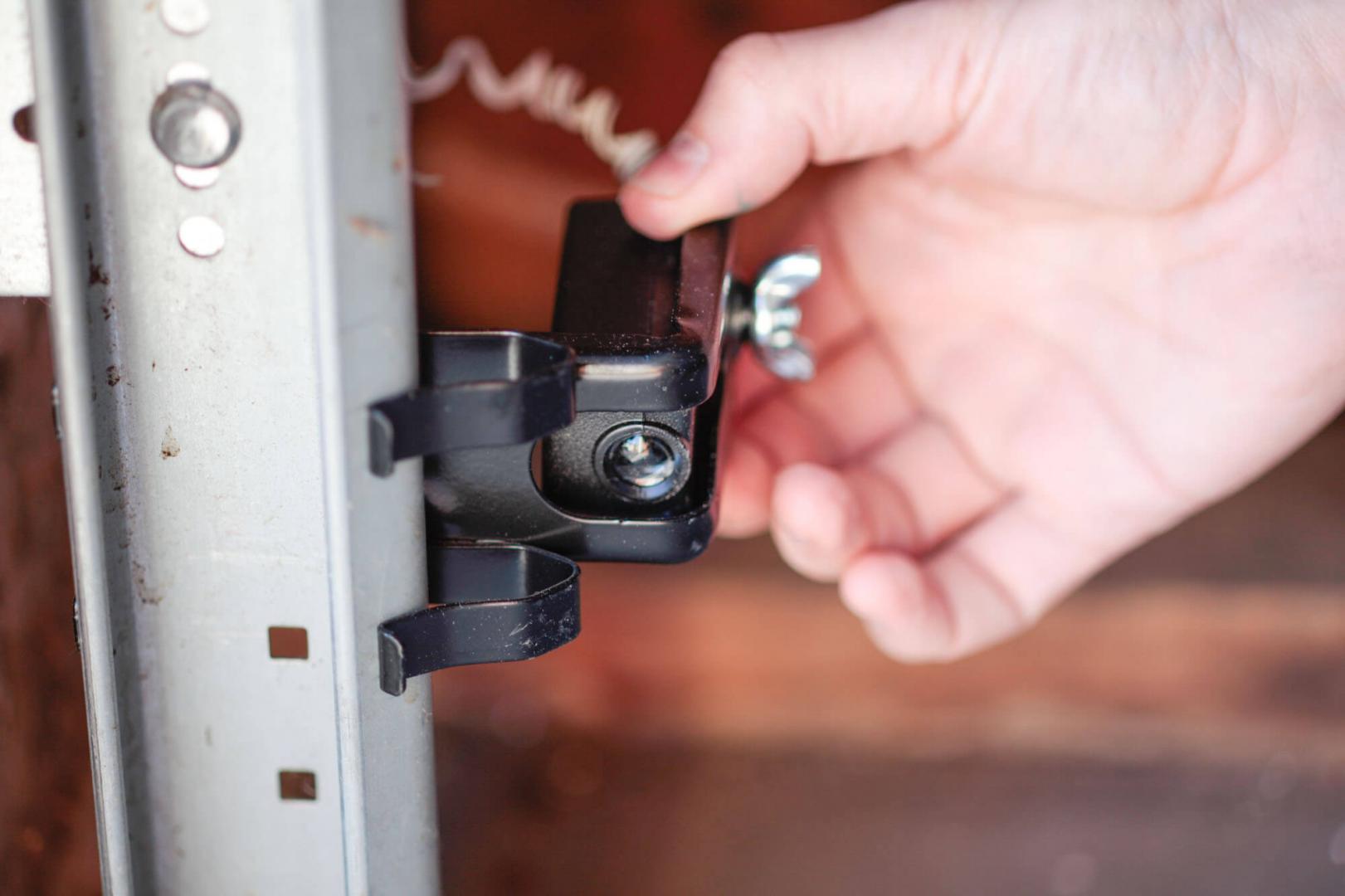
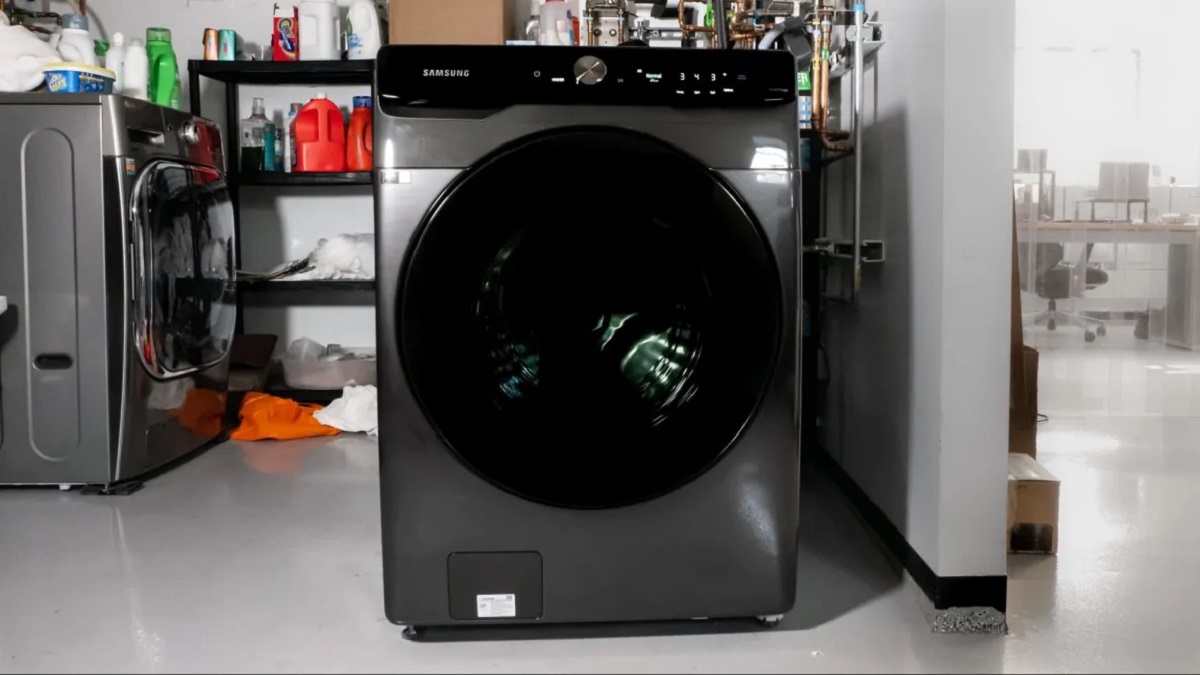
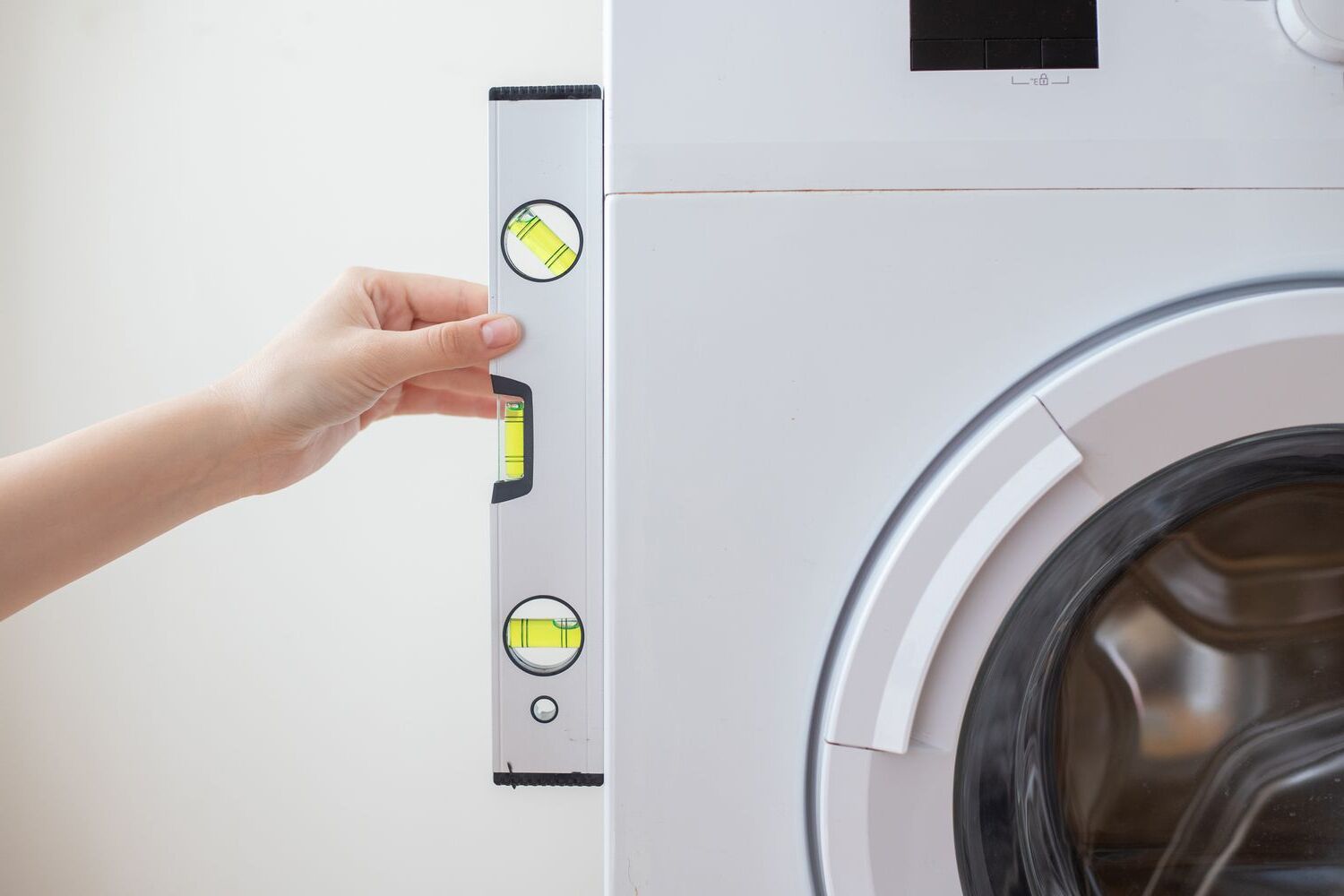
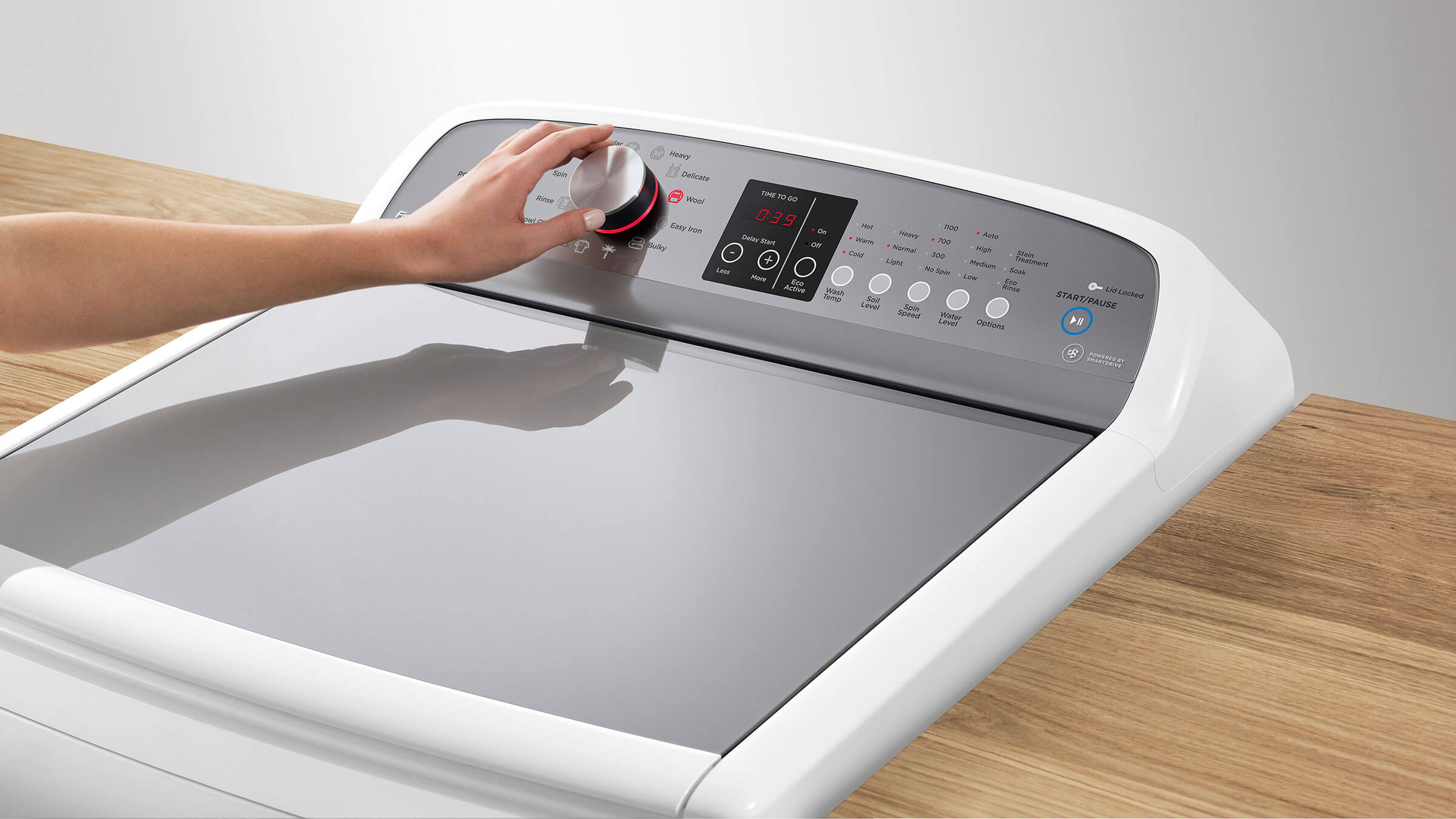
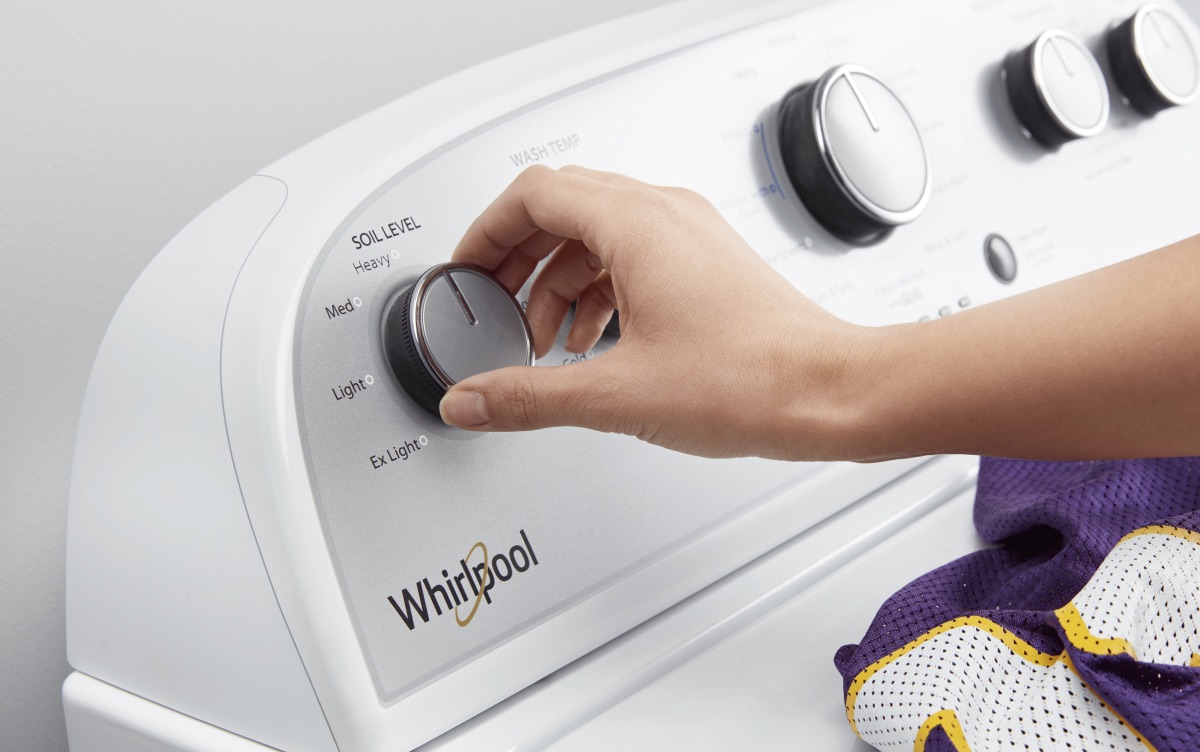
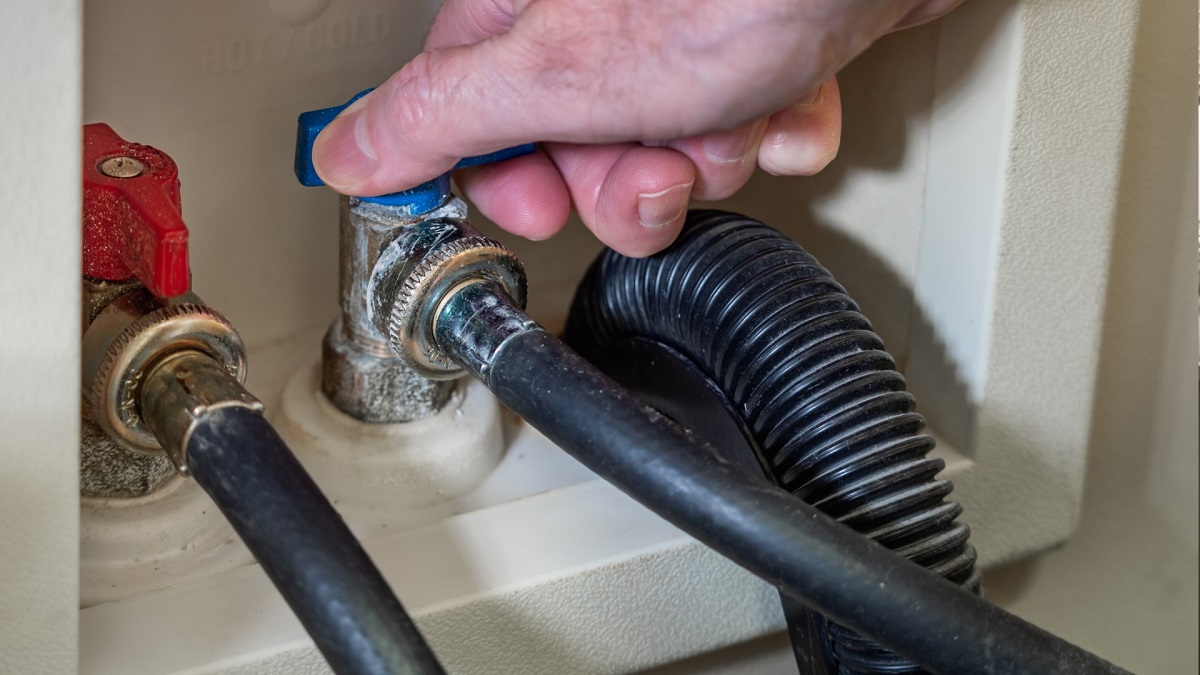
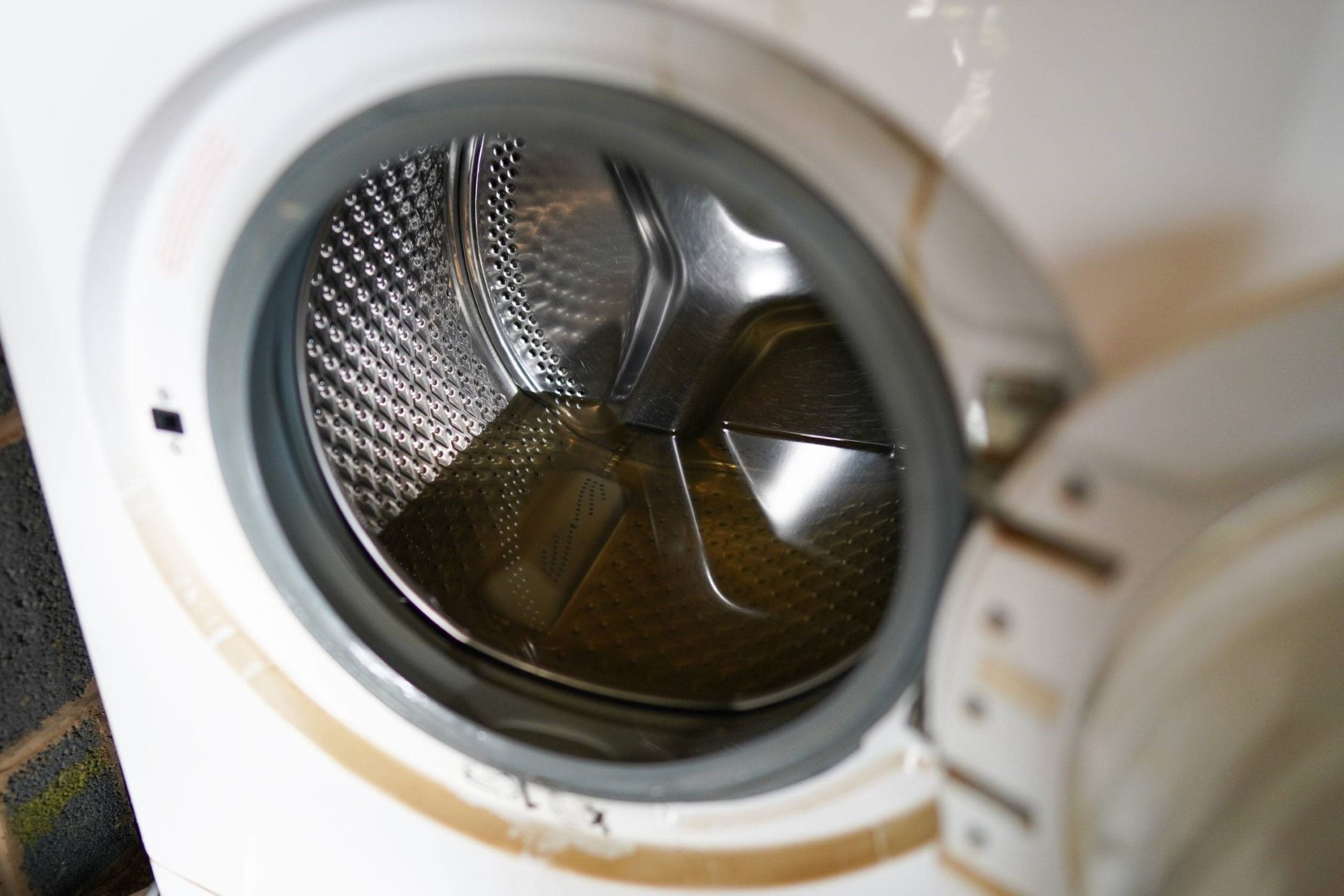
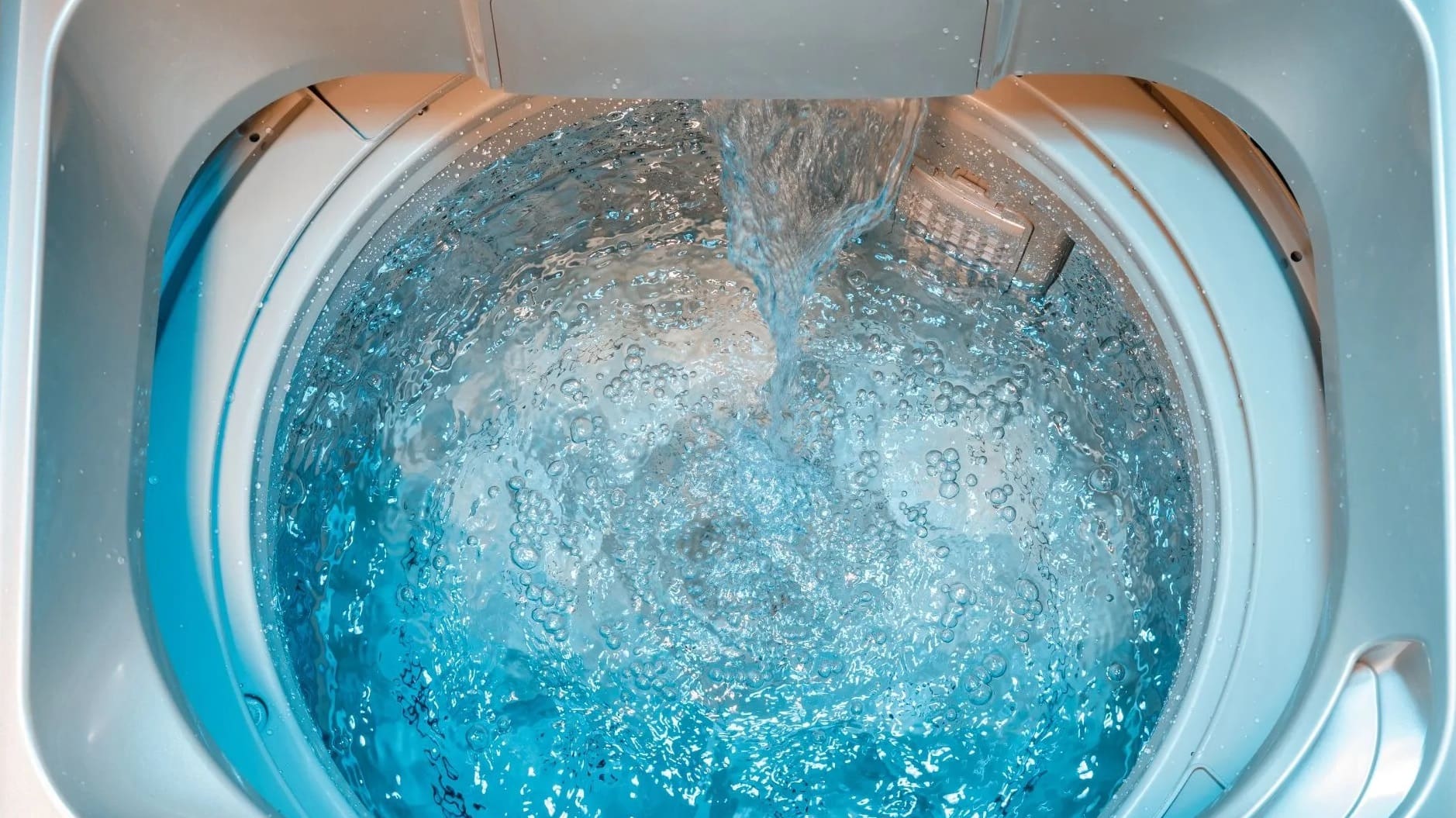

0 thoughts on “How To Bypass A Washing Machine Water Level Sensor”